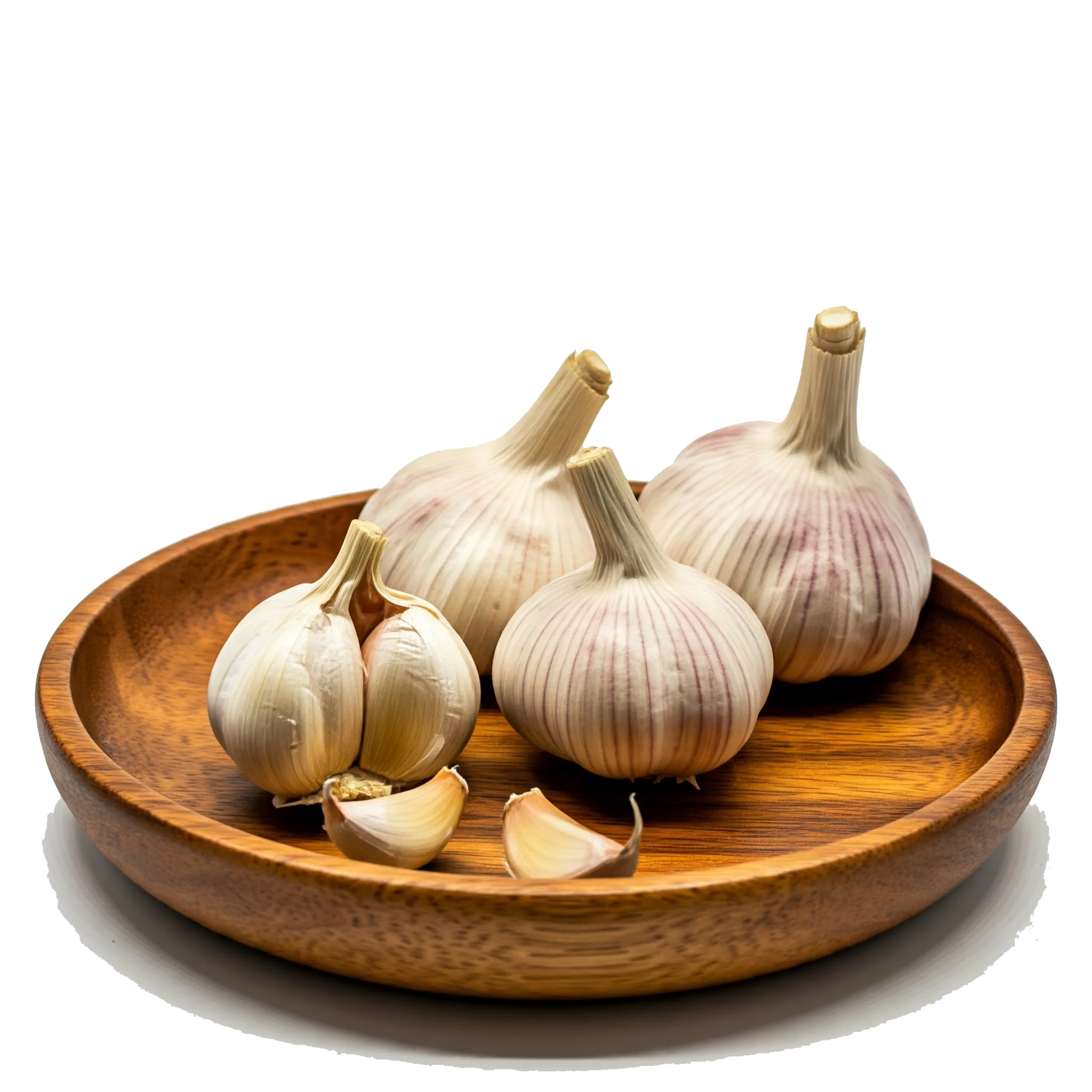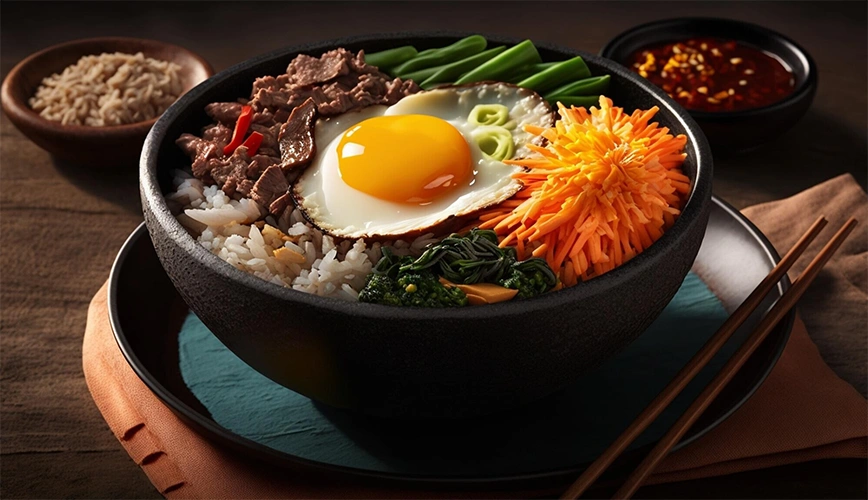

Top Health Benefits of Bibimbap You Need to Know
Bibimbap is a nutritionally rich and balanced meal, offering a harmonious blend of macronutrients and micronutrients. With a base of rice that provides complex carbohydrates, it fuels the body with sustained energy. The dish is topped with a colorful array of vegetables such as carrots, spinach, and green beans, delivering essential vitamins like A, C, and K, as well as minerals like iron and potassium. The addition of a fried egg and marinated beef brings in high-quality protein and healthy fats, which support muscle repair and hormone production. Moreover, the fiber from vegetables supports digestive health, while the use of sesame oil and fermented gochujang sauce introduces heart-healthy fats and probiotics that promote gut health. Overall, Bibimbap is not only visually appealing but also a powerhouse of nutrients that contribute to a well-rounded diet.
 White Rice : 2 Cup
White Rice : 2 Cup Beef Tenderloin : 200 g
Beef Tenderloin : 200 g Carrot : 2 Piece
Carrot : 2 Piece Spinach : 2 Cup
Spinach : 2 Cup Green Beans : 1 Cup
Green Beans : 1 Cup Chicken Egg : 4 Piece
Chicken Egg : 4 Piece Sesame Oil : as needed
Sesame Oil : as needed Salt : as needed
Salt : as needed black pepper : to taste
black pepper : to taste Garlic : 2 clove
Garlic : 2 clove Gochujang sauce : 2 Tablespoon
Gochujang sauce : 2 Tablespoon Soy Sauce : 1 Tablespoon
Soy Sauce : 1 Tablespoon Sugar : 1 Teaspoon
Sugar : 1 TeaspoonRecipe :
For 4 people
Enjoy your colorful and nutritious Korean Bibimbap!
When preparing Bibimbap, attention to detail is key to achieving both flavor and balance. Each vegetable should be cooked separately to maintain its unique taste, color, and texture, which is central to the dish’s layered presentation and nutritional profile. Using freshly cooked or day-old rice that isn’t overly moist helps avoid a mushy texture. It’s important not to overcook the egg—ideally, the yolk should remain runny to mix smoothly with the rice and seasonings. Choose lean cuts of beef and marinate them briefly to enhance flavor without adding excess fat or sodium. Make sure to use a balanced amount of gochujang, as it can be high in sodium and sugar. Cooking with minimal oil and using methods such as steaming or light sautéing for vegetables helps preserve their nutrients. Finally, arranging the ingredients neatly in the bowl not only enhances visual appeal but encourages mindful eating.

Bibimbap fits well into several dietary patterns, though adjustments may be needed depending on individual needs. For high-protein diets, the inclusion of egg and beef offers excellent support for muscle maintenance and satiety. It is also suitable for low-calorie or DASH diets when prepared with less rice, lean meat, reduced salt, and limited sauce. Vegetarians can enjoy a modified version using tofu or mushrooms instead of beef. However, it may not align with ketogenic or paleo diets due to the high carbohydrate content from rice and the inclusion of soy-based sauces. Likewise, traditional gochujang contains gluten and added sugar, making it unsuitable for strict gluten-free or low-sugar diets unless alternative sauces are used. Those following intermittent fasting may find it ideal as a nutrient-dense meal to break a fast. As always, dietary customization ensures it aligns with health goals and restrictions.
...